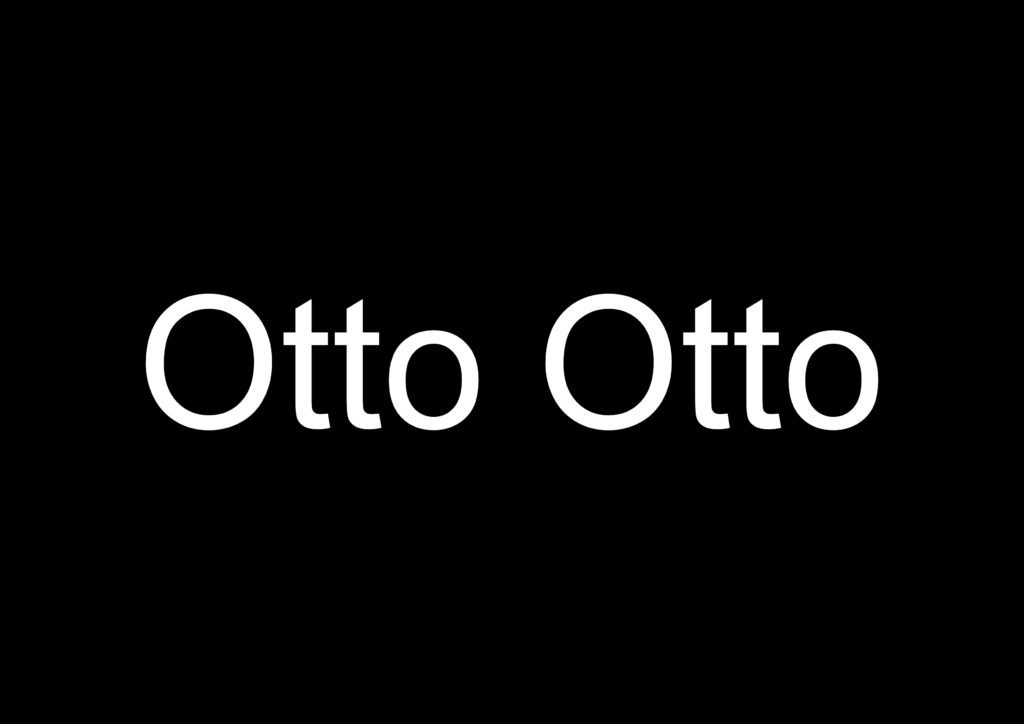
ENG
Title:
Otto Otto
Year:
2023
Medium:
Sound installation
15 times Hans and only one Anna!
For the 30th anniversary of the municipal gallery/Fruchthalle in Rastatt, I was invited to explore the collection and develop a new work.
The result is a 10-minute sound installation in which my voice can be heard and I simply recite the first names of the artists.
As I browsed through the Fruchthalle collection catalogs to familiarize myself with the museum’s works, the artists’ first names immediately caught my eye: “Hans, Hans, Hans, Hans, Hans, Hans, Hans, Hans, Hans Karl, Hans Peter, Hans-Hagen, Hans-Martin… 28 times Hans and only one Anna!”
As in any collection, one can gain a first impression of the gender distribution and the presumed origins of the artists just by looking at their first names. After this initial insight, I systematically analyzed and evaluated the holdings. This revealed that the artists represented are predominantly white men and surprisingly few female artists. There is hardly any trace of people who define themselves differently and of BIPoC artists. Most collections in German-speaking countries probably look similar to Rastatt.
DE
Titel:
Otto Otto
Jahr:
2023
Medium:
Sound Installation
15-mal Hans und nur einmal Anna!
Zum 30 jährigen Jubiläum der städtischen Galerie/Fruchthalle Rastatt wurde ich eingeladen mich mit der Sammlung auseinanderzusetzen und eine neue Arbeit zu entwickeln.
Entstanden ist eine 10 minütige Soundinstallation in welcher meine Stimme zu hören ist und ich schlicht die Vornamen der Künstler*innen aufsage.
Als ich in den Sammlungskatalogen der Fruchthalle blätterte, um mich mit den Werken des Hauses vertraut zu machen, fielen mir sofort die Vornamen der Künstler*innen ins Auge: „Hans, Hans, Hans, Hans, Hans, Hans, Hans, Hans Karl, Hans Peter, Hans-Hagen, Hans-Martin … 28-mal Hans und nur einmal Anna!“
Wie in jeder Sammlung kann man schon anhand der Vornamen bereits einen ersten Eindruck zum Geschlechterverhältnis und der vermutlichen Herkunft der Künstlerinnen gewinnen. Nach diesem ersten Einblick habe ich die Bestände systematisch analysiert und ausgewertet. Dies förderte zu Tage, das überwiegend weiß gelesene Männer und wieder einmal überraschend wenige weiblich gelesene Künstlerinnen, vertreten sind. Von Menschen, die sich anders definieren und BIPoC-Künstlerinnen findet sich kaum eine Spur. In den meisten Sammlungen im deutschsprachigen Raum sieht es vermutlich ähnlich aus wie in Rastatt.

